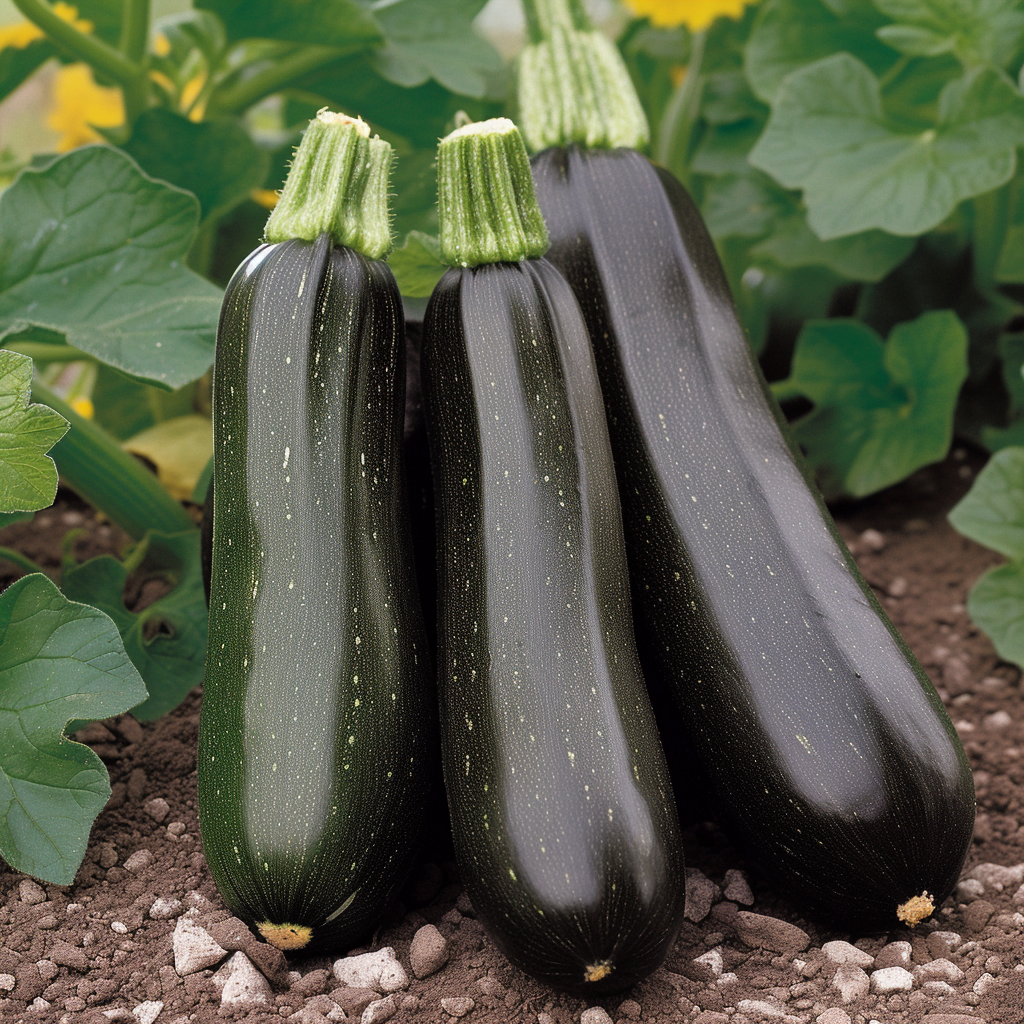Are you ready to try your hand at growing your own delicious vegetables? Look no further than our beginner’s guide to growing Black Beauty Zucchini. In this article as the title might suggest “How To Grow Black Beauty Zucchini”, we will provide you with all the essential tips and information you need to successfully cultivate this unique and flavorful variety of zucchini. From selecting the right seeds to caring for your plants throughout the growing season, we’ve got you covered. Get ready to enjoy the satisfaction of harvesting your very own Black Beauty Zucchini from your garden!
Choosing the Right Location
Choosing the right location for your black beauty zucchini plants is crucial for their health and productivity. Here are a few factors to consider:
Sun Exposure
Black beauty zucchinis thrive in full sun, so it’s essential to choose a location that receives at least 6-8 hours of direct sunlight per day. Find a spot in your garden that is not shaded by tall trees or buildings. More sunlight means better growth and higher yield.
Soil Requirements
The soil should be well-draining to prevent waterlogging, which can lead to root rot. It should also be rich in organic matter, with a slightly acidic to neutral pH level. Conduct a soil test to determine its fertility and pH levels. If necessary, amend the soil by adding compost or well-rotted manure to improve its organic content and drainage. This will provide your zucchinis with the essential nutrients they need to thrive.
Spacing
Black beauty zucchinis require ample space to spread their leaves and grow. When choosing a location, make sure there is enough room for the plants to spread horizontally without overcrowding. Each plant should ideally have at least 2-3 feet of space around it. Adequate spacing promotes airflow, reducing the risk of disease and ensuring the plants receive ample sunlight.
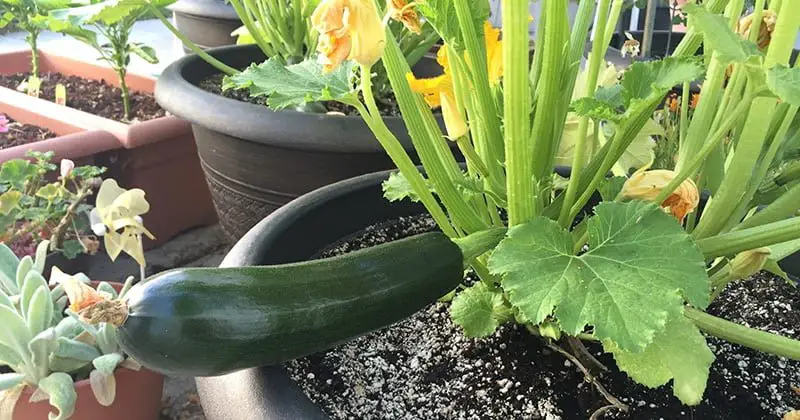
Preparing the Soil
Properly preparing the soil before planting your black beauty zucchini seeds is essential for their success. Follow these steps to ensure your plants get off to the best start:
Clearing the Area
Clear the area of any weeds, rocks, or debris that may obstruct the growth of your zucchini plants. You can use a garden rake or hoe to remove larger materials and then handpick any remaining debris. Clearing the area allows the zucchinis to grow without competition for nutrients and water.
Loosening the Soil
Using a garden fork or tiller, loosen the soil to a depth of about 8-10 inches. This will help to break up any compacted soil and improve drainage. Loosening the soil also promotes root development and allows the zucchini plants to access essential nutrients more easily.
Adding Organic Matter
Incorporating organic matter into the soil is crucial for providing the necessary nutrients and improving its overall structure. Spread a 2-3 inch layer of compost or well-rotted manure over the soil surface. Use a garden fork or tiller to mix it thoroughly into the top 6 inches of soil. Organic matter improves water retention, aeration, and nutrient availability, creating a favorable environment for your zucchini plants to thrive.
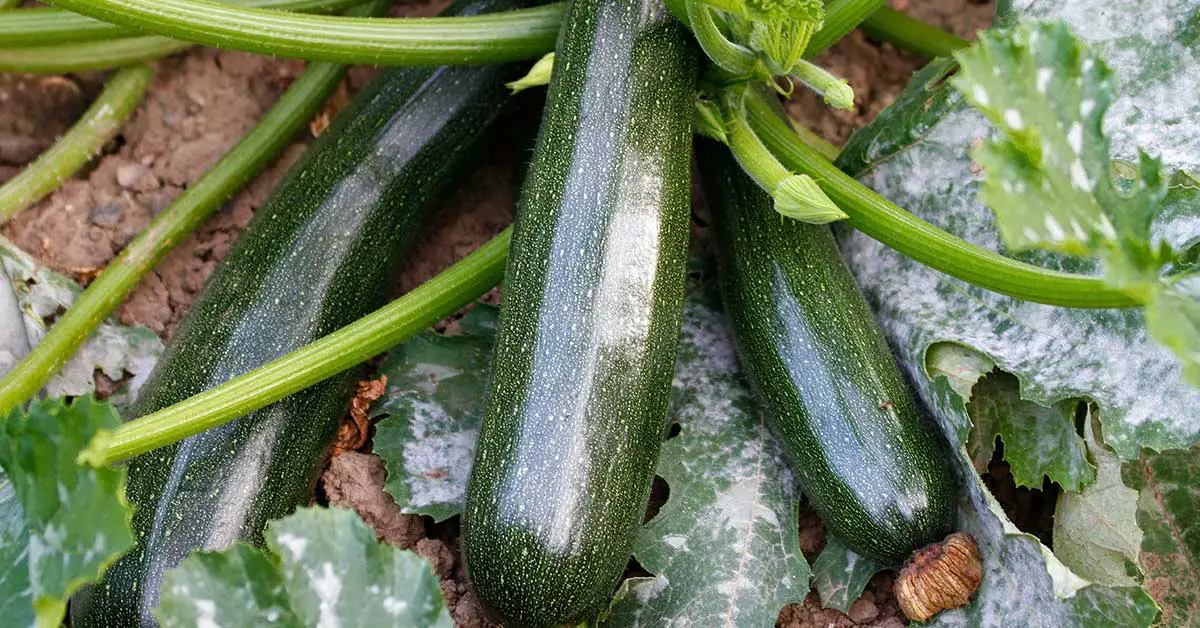
Starting Seeds Indoors
Starting black beauty zucchini seeds indoors gives them a head start and allows you to extend the growing season. Follow these steps to ensure success:
Timing
Start your zucchini seeds indoors 3-4 weeks before the last frost date in your area. This will give the plants enough time to develop strong roots and seedlings before being transplanted outdoors. Refer to your local climate and frost dates to determine the ideal timing for starting your zucchini seeds.
Seed Tray Preparation
Prepare a seed tray or individual pots with good drainage. Fill the containers with a seed starting mix, which is light and sterile, providing the seeds with the best environment for germination. Moisten the seed starting mix before sowing the seeds.
Sowing the Seeds
Plant two seeds per pot or cell, as it increases the chances of successful germination. Push the seeds about 1 inch deep into the soil and cover them lightly with the seed starting mix. Water gently to ensure the seeds are adequately moistened.
Providing Proper Care
Place the seed tray or pots in a warm area with temperatures around 70-85°F (21-29°C). Ensure that the soil remains moist, but not waterlogged, throughout the germination process. Once the seedlings emerge, provide them with ample sunlight by placing them in a bright location or using grow lights. Gradually acclimate the seedlings to outdoor conditions before transplanting them into the garden.
Direct Sowing in the Garden
Directly sowing black beauty zucchini seeds in the garden can be a convenient and straightforward way to grow these plants. Follow these steps for successful direct sowing:
Timing
Wait until all danger of frost has passed and the soil temperature has reached at least 60°F (15°C) before sowing zucchini seeds directly into the garden. Planting them too early can lead to stunted growth or seedling death due to cold soil temperatures.
Soil Preparation
Prepare the soil as discussed earlier by clearing the area, loosening the soil, and adding organic matter. Ensure that the soil has warmed up sufficiently and is moist enough before sowing the seeds. Rake the soil to create a level surface for planting.
Sowing the Seeds
Make a small hole or trench about 1 inch deep in the soil. Space the seeds about 2-3 feet apart, placing them in the hole or trench. Cover the seeds with soil and gently pat it down.
Providing Adequate Water
After sowing the zucchini seeds, thoroughly water the area to ensure proper moisture penetration. Maintain moist soil throughout the germination period, which typically takes around 7-10 days. Be cautious not to overwater, as excessive moisture can lead to rotting or fungal diseases.
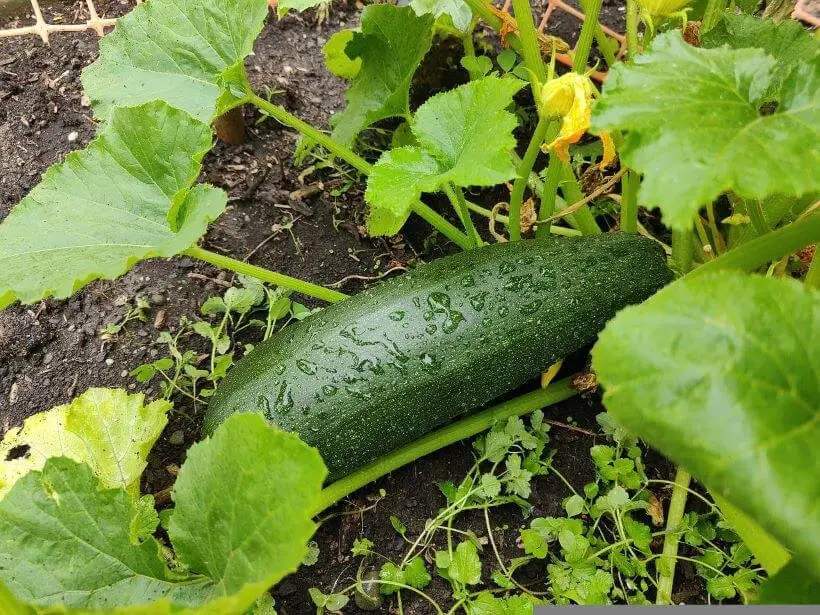
Caring for Black Beauty Zucchini Plants
Taking care of your black beauty zucchini plants is essential for their health and productivity. Follow these guidelines to ensure your plants thrive throughout the growing season:
Watering
Provide your zucchini plants with consistent and deep watering. Aim to water them deeply once a week, ensuring that the soil is moistened to a depth of at least 6 inches. Watering deeply encourages the roots to grow deeper, making the plants more resilient during hot and dry periods. Avoid overhead watering, as it can increase the risk of foliar diseases. Instead, water at the base of the plants to minimize moisture on the leaves.
Mulching
Mulching around your zucchini plants offers multiple benefits. Apply a layer of organic mulch, such as straw or shredded leaves, around the base of the plants. Mulch helps to retain moisture, suppress weed growth, and regulate soil temperature. It also acts as a barrier, preventing soil-borne diseases from splashing onto the leaves during watering or rainfall.
Fertilizing
Zucchini plants are heavy feeders, so regular fertilization is crucial. Before planting, incorporate a balanced organic fertilizer into the soil. Once the plants start to grow, apply a side dressing of compost or well-balanced organic fertilizer every 4-6 weeks. Follow the package instructions for the recommended amount to apply. Avoid over-fertilizing, as it can lead to excessive foliage growth at the expense of fruit production.
Supporting the Plants
Black beauty zucchini plants have broad leaves and heavy fruit, which can make them susceptible to breakage. Providing support for your plants can help protect them from damage and maintain an upright growth habit. You can use stakes or cages to support the main stems, ensuring they don’t bend or snap under the weight of the fruit.
Managing Pests and Diseases
Regularly inspect your zucchini plants for pests and signs of diseases. Common pests that affect zucchinis include aphids, squash bugs, and cucumber beetles. Use organic pest control methods like handpicking, insecticidal soaps, or neem oil to manage pest infestations. Keep the garden clean and remove any fallen or diseased leaves to prevent the spread of diseases like powdery mildew or blossom end rot.
Recognizing and Harvesting
Being able to recognize the signs of a healthy zucchini plant and knowing when to harvest the fruit are essential skills for any gardener. Here’s what you need to know:
Flowering
Once your zucchini plants reach maturity, they will start producing vibrant yellow flowers. These flowers are typically either male or female. The male flowers appear first, followed by the female flowers. Male flowers have slender stems, while female flowers have a small zucchini fruit at the base. The presence of both male and female flowers indicates that pollination can occur, increasing the chances of fruit set.
Identifying Mature Zucchinis
Black beauty zucchinis are ready for harvest when they reach about 6-8 inches in length. The skin should be glossy and firm, with a deep green color. Avoid leaving them on the plant for too long, as they can become oversized and develop a tougher texture. Regularly check your zucchini plants for mature fruits to ensure you harvest them at their peak flavor and texture.
Harvesting Techniques
To harvest your zucchinis, use a pair of garden shears or a sharp knife to cut the stem just above the fruit. Take care not to damage the plant while harvesting. Harvesting regularly encourages the production of more zucchinis and prevents the plants from becoming overcrowded. Harvesting also ensures that the plant’s energy is directed towards fruit production rather than seed development.
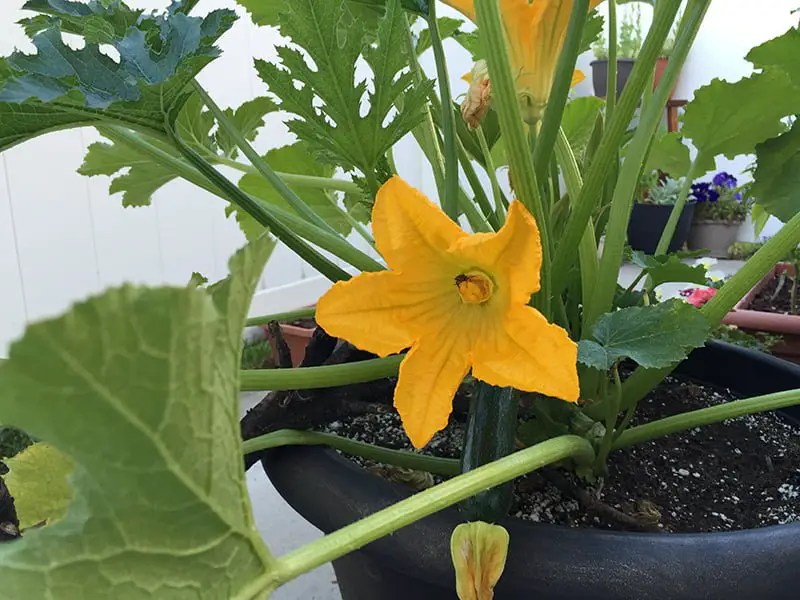
Storing and Cooking Black Beauty Zucchinis
Properly storing and cooking your black beauty zucchinis can help you enjoy their freshness and flavor for an extended period. Here are a few tips:
Proper Storage
Freshly harvested zucchinis can be stored in the refrigerator for up to one week. Place them in a perforated plastic bag or wrap them loosely in a damp paper towel to maintain their moisture. Avoid washing the zucchinis before storing, as excess moisture can accelerate spoilage. If you have an abundance of zucchinis, consider blanching and freezing them for long-term storage.
Favorite Recipes
Black beauty zucchinis are incredibly versatile in the kitchen and can be used in a variety of dishes. From zucchini bread and muffins to stir-fries and grilled zucchini, the options are endless. You can also make zucchini noodles (zoodles) or stuff them with delicious fillings. Experiment with different recipes and cooking methods to find your favorite way to enjoy this garden-fresh vegetable.
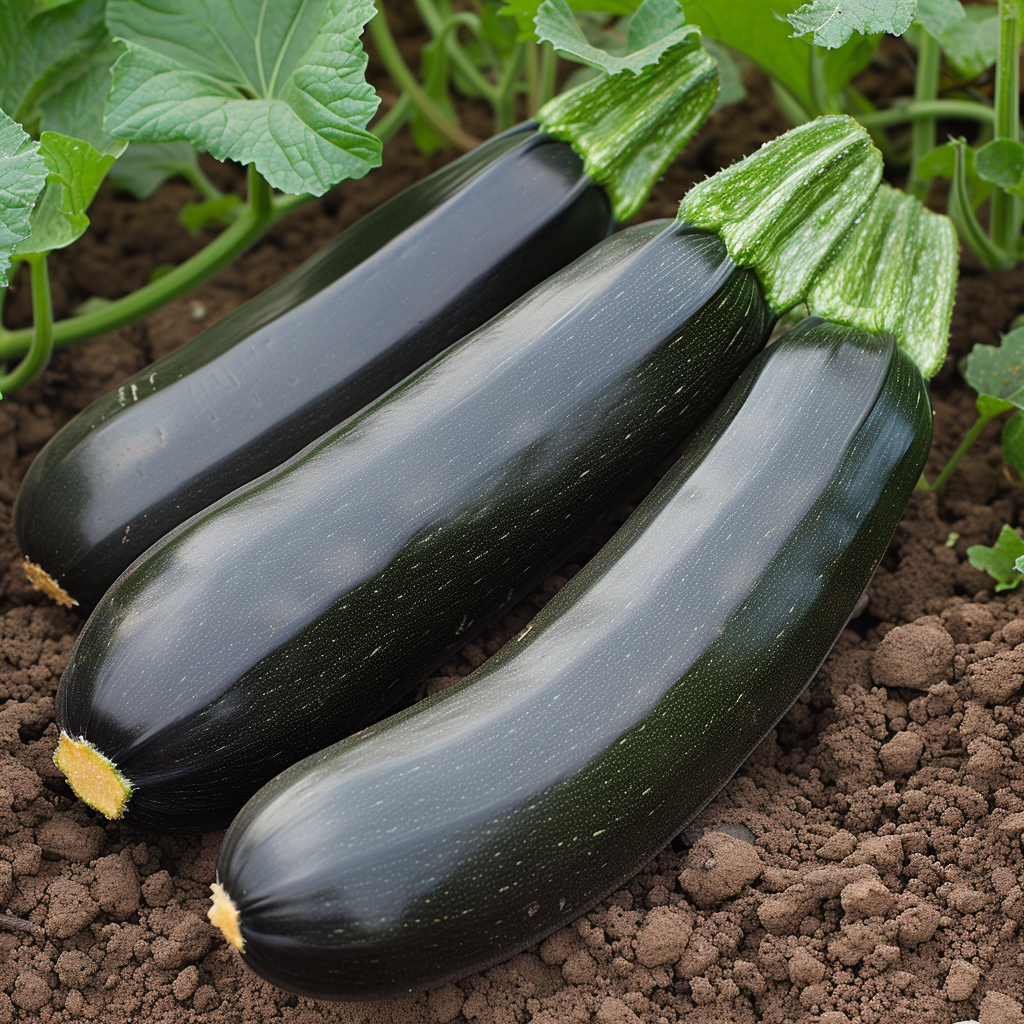
Troubleshooting Common Issues
As a gardener, you may encounter some common issues while growing black beauty zucchinis. Here are a few problems you may face and how to address them:
Yellowing Leaves
Yellowing leaves can indicate various issues such as nutrient deficiencies, overwatering, or pest infestations. Check the moisture levels in the soil, adjust your watering schedule if needed, and ensure your plants are receiving adequate sunlight. If nutrient deficiencies are suspected, consider applying a balanced organic fertilizer according to the manufacturer’s instructions.
Blossom End Rot
Blossom end rot is a condition where the zucchini fruits develop dark, sunken spots on their blossom end. This is often caused by calcium deficiency or uneven watering. To prevent blossom end rot, ensure your plants receive consistent moisture by watering deeply and regularly. Consider adding calcium-rich amendments to the soil before planting, such as crushed eggshells or bone meal.
Powdery Mildew
Powdery mildew is a fungal disease that appears as a whitish or grayish powdery coating on the leaves, stems, and sometimes the fruits of your zucchini plants. To manage powdery mildew, ensure good airflow by properly spacing your plants, avoiding overcrowding. Remove infected leaves promptly and consider applying organic fungicides, such as neem oil or a baking soda-water solution, according to the package instructions.
Squash Bugs
Squash bugs can be a nuisance, feeding on the leaves and stems of zucchini plants. Handpick and destroy any squash bugs you encounter. Encourage beneficial insects like ladybugs, lacewings, or predatory wasps, which can help control the population of squash bugs. Use row covers to protect your young plants from initial infestations.
Extending the Harvest
If you want to enjoy a continuous harvest of delicious black beauty zucchinis, there are a few techniques you can employ:
Successive Planting
Successive planting involves sowing zucchini seeds at regular intervals throughout the growing season. By staggering the planting, you can ensure a steady supply of fresh zucchinis. Plant a new batch of seeds every 2-3 weeks, depending on your climate and the length of your growing season.
Pruning Techniques
Pruning zucchini plants can help manage their size and improve airflow, which reduces the risk of diseases. Regularly prune off any dead or yellowing leaves and remove excess foliage to allow more sunlight to reach the lower parts of the plant. However, be cautious not to remove too much foliage, as the leaves provide energy for the plant’s growth.
Final Thoughts
Growing black beauty zucchinis can be a rewarding and enjoyable experience. By choosing the right location, preparing the soil, starting seeds indoors or directly sowing in the garden, and providing proper care, you can nurture healthy plants that will reward you with a bountiful harvest. Remember to store and cook your zucchinis properly, troubleshoot common issues, and explore techniques like successive planting and pruning to extend your harvest. Embrace the joy of gardening, continue to learn, and have fun experimenting with new varieties and growing techniques. Enjoy the fruits of your labor and share the deliciousness of black beauty zucchinis with family and friends!
